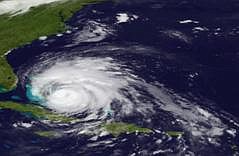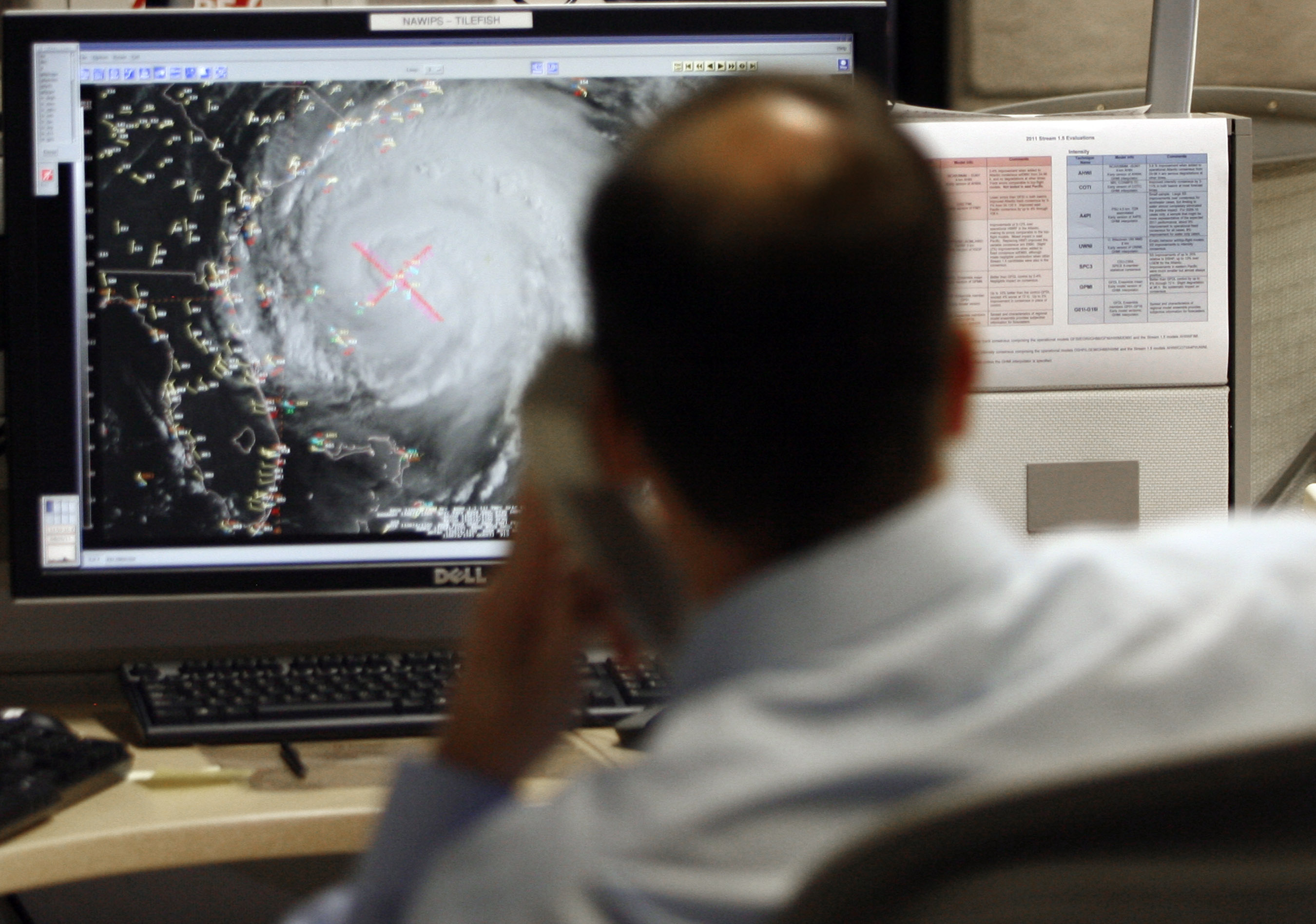Hurricane Irene, most meteorologists and emergency management and public safety officials now agree, could have been much worse. That's true, but one's view of the storm is a matter of perspective. The tens of millions of people along the U.S. East Coast from the Carolinas into New England who braved the weekend onslaught of wind, torrential rains, waves and storm surge likely have a much different assessment. It was plenty bad enough for them.
What the storm left in its wake is telling.
The hurricane/tropical storm had led to the reported deaths of at least 31 people in 10 states as of Monday afternoon. . Economic losses, including property damage, could reach $7 billion or perhaps more, a high total to be sure, but significantly below the record for a natural disaster in the United States. About $3 billion of the estimated $7 billion will be covered by insurance, industry experts say.
It will take some time for appraisers and experts to precisely determine the losses attributable to the hurricane, but some numbers immediately available attest to the might of the storm. On Monday, afternoon, nearly five million people along the storm's path were without power. That's down from the nearly 7.5 million homes and businesses that were in the dark at the height of the outage. That total is only one sign of the damage wrought by Irene.
In many places, people still can not reach homes and businesses. Flood waters, washed out roads and bridges, downed utility poles, toppled trees and other debris make travel dangerous if not impossible. In some places, individuals can get to their homes and businesses, but they'll remain without essential services for days or weeks. Some officials say full restoration of power in the hardest hit locales -- like Vermont, where the governor said the state had experienced its worst flooding in a century --might take weeks.
In others, high water or flash floods breached water treatment plants, prompting officials to report that they were not sure when service could be restored. Still, activity was returning to more typical patterns in many places where Irene had disrupted the normal rhythms of every-day life. Evacuees were returning to their homes and businesses and transportation systems -- airports, trains, subways -- in most places were slowly returning to regular activity. The prompt return to a semblance of normalcy is a testament to the interaction and cooperation of those in the storms path and the various agencies charged with protecting them.
Forecasters accurately gauged the path of the storm (though they did somewhat misjudge its intensity). Meteorologists provided information early in the history of the storm. That allowed local, state and federal officials to activate plans in a timely fashion. Residents in the affected area almost uniformly heeded warnings and orders. In almost every instance, the systems in place to protect lives worked extraordinarily well.
That task goes on. The Federal Emergency Management Agency and other federal agencies continue to do yeoman work. It's hard to fault its preparation or response. President Barrack Obama said Monday that federal assistance would continue as long as necessary. That's reassuring.
State and local emergency management teams and public and private agencies are working well, too. They provided valuable information and instruction in the run-up to he storm, and have continued to work efficiently and effectively since. The lesson to be learned from Irene, then, is that careful and coordinated planning is an effective way to reduce the toll that can be exacted by a hurricane or similar natural disaster. That's a message that can be usefully applied in the future.

